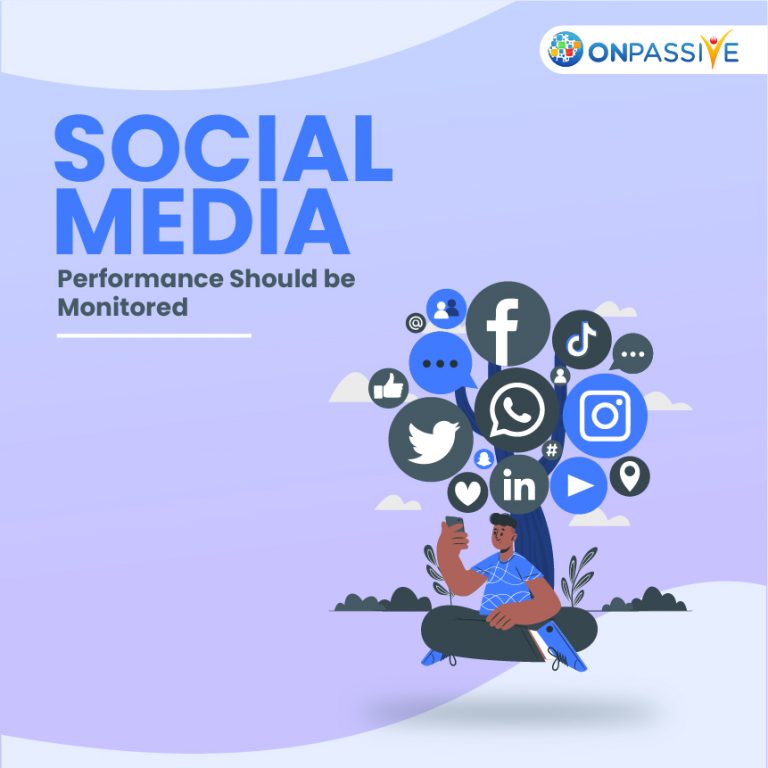
Talking to your consumers may help you to understand how they feel about your brand and provide you with information on industry trends and chances for development. On social media, in online reviews, and customer service contacts, customers are continually sharing their thoughts and sentiments about businesses. After all, that’s a lot of unstructured data to deal with.
To stay on top of what consumers are saying about your company, use AI-driven sentiment analysis, which allows you to automatically detect emotional tone in comments and obtain quick, real-time insights from massive amounts of customer data. You may get started right now using ready-to-use AI-driven sentiment analysis tools.
How AI Works For Sentiment Analysis
Sentiment analysis classifies a given text as Positive, Negative, or Neutral, automatically detecting emotions and views. But, exactly, how does it function? It essentially combines the capabilities of two AI subfields:
● Machine learning
● Natural Language Processing
Natural Words Processing (NLP) converts human language into a machine-readable format. It employs both syntactic and semantic approaches to comprehend the structure of a document. Tokenization, lemmatization, and part-of-speech tagging are examples of these approaches.
After the text has been analyzed using natural language processing techniques, it is ready to be classified using machine learning algorithms.
Machine learning helps computers to detect and predict patterns in data. Machine learning algorithms learn from comparable samples rather than explicit instructions.
You must train a model that classifies text by sentiment, given instances of emotions in text. You’ll need a representative number of samples for each tag to increase the accuracy of your model. Each of these samples must be assigned to the appropriate category.
The model learns to link a certain tag with a given input (text) after seeing a few samples. It then uses these characteristics to forecast tags on material that has not yet been viewed.
You can use AI-driven sentiment analysis to tag large amounts of data at once and in real-time. AI-driven analysis models will get wiser as they tag new data, as machine learning algorithms improve with experience.
How To Build A Brand Using Sentiment Analysis
So now you’re ready to improve your long-term marketing effectiveness and elevate your brand’s online visibility. To be sure you’re putting your sentiment analysis to good use, follow these steps:
● Keep An Eye On Social Media
People may openly communicate their views, opinions, and oftentimes criticism on social media. Staying on top of all the social media chatter is a good idea if you want to know what people are saying about your company.
Consumer sentiment on social media is among the most important factors to consider when evaluating your online marketing efforts. It adds dimension to your social media performance monitoring by helping you to comprehend not just the content as well as the context of what people are saying.
Following a few easy steps from Socialbakers’ guide to social media sentiment research, you may uncover your audience’s sentiments towards your business and build a more successful social media marketing plan.
If you are looking for a revolutionary social networking platform, ONET by ONPASSIVE is an ideal tool. Contact us to know more about the product.
● Improve Client Service
When individuals are having issues, they turn to the internet for assistance and answers. As a result, to gain your audience’s loyalty, it’s critical to present your brand as a useful resource. Your brand will be able to swiftly identify people in need and provide assistance using sentiment analysis.
This is not only a fantastic method to increase your brand’s reputation, but it’s also a guaranteed approach to establish yourself as an industry leader and be the first to join key debates.
● Pay Attention To The Customer’s Voice (VOC)
Listening to consumers’ voices may appear to be a no-brainer, but it’s really where many businesses fall short. VOC should be monitored regularly, with a focus on feedback gathering, data analysis, and action planning.
Sentiment research may assist your company in determining how people are discussing your brand and the most effective method to interact with them.
Use social media listening tools to find out what your customers are saying about your company. This feature ensures that no comment or query gets ignored while promoting a smooth process.
Conclusion
Sentiment analysis can distinguish a wide range of emotions and guide marketers in developing an online strategy and establishing a favourable brand. Understanding customer emotions and product evaluations may provide businesses with a unique perspective on how their consumers feel about them and what they can do to enhance those feelings.
Examining your sentiment analysis is, in many ways, the heartbeat of the brand, just like a doctor would examine a patient’s vitals. It all starts with monitoring the mood that surrounds your brand to keep a healthy business and pleased consumers.


